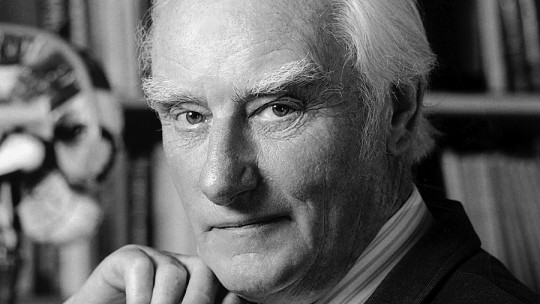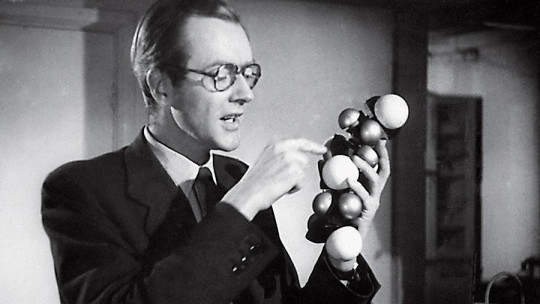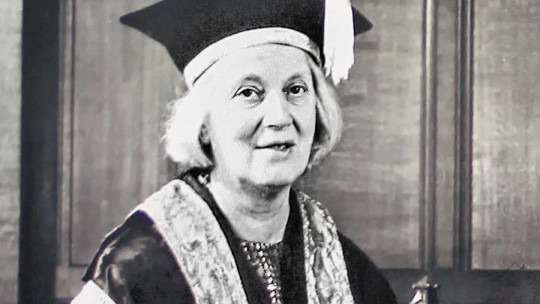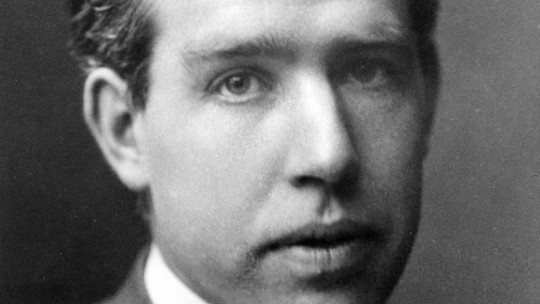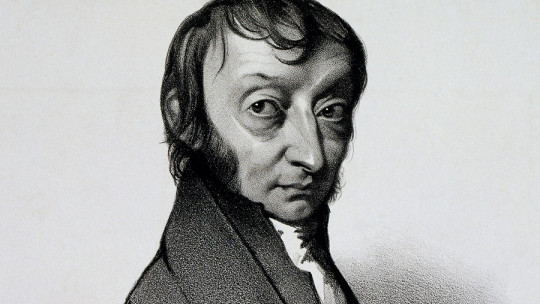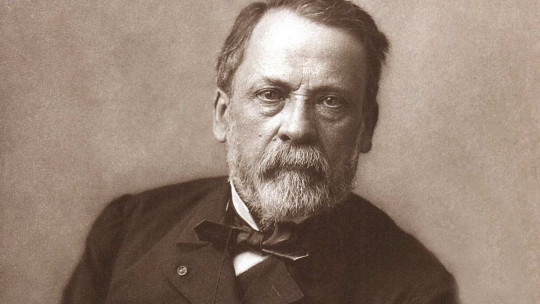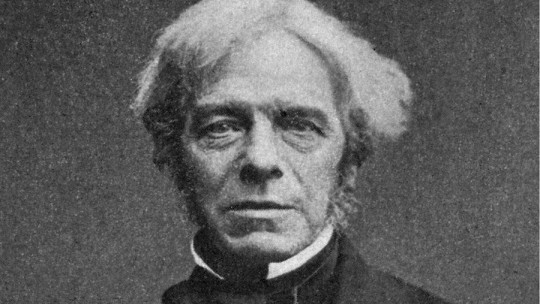
Rosalind Franklin was a British chemist who trained and mastered the technique of X-ray crystallography. Using this technique, she studied different molecules and materials such as carbon, tobacco mosaic virus (TMV) or the structure of DNA and RNA.
It was in relation to the DNA molecule that he made one of his greatest discoveries, captured in “photograph number 51”, which would serve for the subsequent formulation of the model of the structure of the double helix by Francis Crick and John Watson.
Unfortunately, given his premature death at the age of 37 in 1958, he could not receive the recognition he deserved for the discovery of said structure, and he could not be awarded the Nobel Prize in Medicine and Physiology that Crick and Watson did receive in 1962.
In this Rosalind Franklin biography We will see the most important events in the life of this researcher and her greatest contributions to the world of science in general and biochemistry in particular.
Brief biography of Rosalind Franklin
Rosalind Elsie Franklin was born in London, United Kingdom, on July 25, 1920 She was the second of five children in a wealthy Jewish family; Her father, Ellis Arthur Franklin, was a banker and professor.
Given the family’s good economic status, Franklin was able to attend highly prestigious private schools, such as the Norland Place private school in London, when she was six, at the Lindores School for Ladies in Sussex at the age of nine, and at the St Paul’s School for Girls, aged eleven.
From a very young age she was a brilliant and dedicated student, always getting excellent grades in different subjects. Likewise, she learned both German and French.
At the young age of 18 She was accepted at Newnham College in Cambridge, where she chose to study Natural Sciences, more specifically Chemistry At first her father did not see well her daughter’s choice of studies and decided not to pay for them, although shortly after he would end up coming to his senses.
During her stay in Cambridge she met Arienne Weill, a Frenchwoman who had the honor of having Marie Curie as a teacher, who would greatly influence Rosalind’s life.
Consolidation of your professional career
After graduating in 1941 He obtained a University scholarship to carry out his doctorate in the Physics and Chemistry laboratory at the University of Cambridge having as a tutor Ronald George Wreyford Norrish, who would win the Nobel Prize in Chemistry in 1967. But Franklin did not feel comfortable with this professor, so in 1942 he decided to present his research services to the British Association for the use of Coal.
In this way he began his work with coal, thus also helping the British side in the Second World War.
During his work with coal he studied several of its characteristics, such as its porosity, its combustion capacity and the possibility of creating war devices based on its potential. This research allowed him to carry out his doctoral thesis titled “The physical chemistry of solid organic colloids with special reference to carbon” and thus defend his thesis in 1946.
Its beginnings with X-ray crystallography
After completing his doctorate, he moved to Paris to look for work. It was his friend Arienne Weill who introduced him to Marchel Mathiu, who was director of the National Center for Scientific Research, which had the majority of research laboratories associated with the French government. In this way she was able to contact Jacques Mering, with whom she began working in 1947 at the Central Laboratory of State Chemical Services in Paris.
Investigating with Mering was when he began to train and learn the technique of X-ray Crystallography His mentor was already using this technique to observe the diffraction that occurred when applied to amorphous substances, which molecularly have no shape, such as gases and liquids.
So Rosalind applied this new tool to the study of coal, thus being able to write several articles and serve as a basis for knowledge of the physics and chemistry of coal.
Research on the structure of DNA
Following his stay in France, in 1950 he received a scholarship to work for three years at King’s College in London. Upon joining the Biophysics Unit of the Medical Research Council in 1951, which was under the direction of John Randall, began the study of the deoxyribonucleic acid (DNA) molecule, since it was the only one in the unit that had training in crystallography
At that time Maurice Wilkins and Raymond Gosling had managed to obtain an image of the DNA molecule using diffraction. In this way, with the incorporation of Franklin it was possible to improve the machine used to obtain the images, thus obtaining more clarity in them. These advances also allowed two forms of the DNA molecule to be discovered depending on whether it was in a humid or dry environment, A and B respectively
In 1951 he gave a lecture in which he presented the results obtained from the DNA molecule; Among those attending were Jamnes Watson and Francis Crick, researchers at the Cavendish Laboratory and also interested in the study of the structure of the molecule.
Given the relationship that Wilkins had with the Cavendish research couple, it was common for him to show them many of the images that he and Franklin took of the molecule. This is how in 1953 They saw, without Rosalind knowing it, photograph number 51, which would be decisive in supporting the modeling of the structure of the DNA double helix
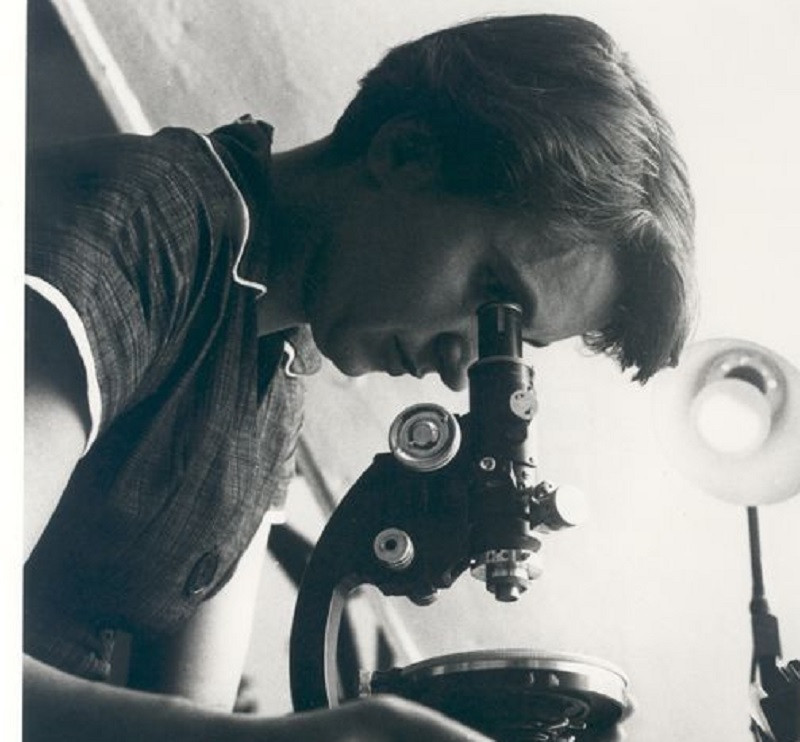
In this way it was like Watson and Crick, after seeing the famous photograph and various cryptographic calculations carried out by Franklin, completed and presented their model of the structure of the double helix of the DNA molecule, published in the journal Nature on April 25, 1953, mentioning only briefly the work done by Franklin. Similarly, the modified results obtained by Wilkins and Franklin in their research using X-ray diffraction on DNA were also published in the same issue of this journal, a fact that gave the impression of supporting the presented model of the double helix. .
Days before the publication of the innovative model, Franklin asked Watson to show it to him. Rosalind was not overly impressed, as she believed that before building and forming a theoretical model it was necessary to have more support from experimental results.
Moving on to other areas of research
Given his disagreements with Wilkins, In 1954 he decided to move to Birkbeck College, where he would work alongside the Irish scientist John Bernal Even so, he did not completely abandon the study of DNA, incorporating into his projects the research of another nucleic acid: ribonucleic acid (RNA). He was also interested in knowing the structure of the tobacco mosaic virus (TMV), work whose results he would publish in 1955 in the journal Nature.
In 1958, Expo 58 would be held in Brussels, a major international event. The organizers of the event proposed that Franklin make a 5-foot scale model of the TMV virus, the chemist accepted, thus displaying the TMV model at the exhibition on April 17, 1958, just after Franklin’s death.
Last years and death
It was in 1956 when her health problems began, so she went to the doctor and was diagnosed with ovarian cancer. After emergency surgery, she recovered with the help of family and friends.
Despite his delicate state of health, he did not stop investigating publishing multiple articles throughout that year and the next.
At the end of 1957, his illness worsened again, and he decided to write his will, in which he assigned his brothers to carry out his last will, and distributed his assets among various friends and charity.
Finally, she had her last relapse in March 1958, dying on April 16 of that same year, at just 37 years old, in Chelsea, London, due to bronchopneumonia, ovarian cancer and secondary carcinomatosis.
Given his untimely death He was never able to receive the recognition he owed for his work on the structure of the DNA molecule although Crick and Watson, who presented their model using Franklin’s results, received the Nobel Prize in Medicine and Physiology in 1962.
Other interesting information about his life
Regarding her private life, from a young age she was an activist in union organizations and in the demand for women’s suffrage. Despite considering herself Jewish and training in its culture and traditions, for example with the study of the Hebrew language, she considered herself agnostic.
He also enjoyed and took many trips and excursions; It is worth highlighting her visits to the United States, a place where her friends and colleagues appreciated her very much, and to France, a country where she was in love with her.

